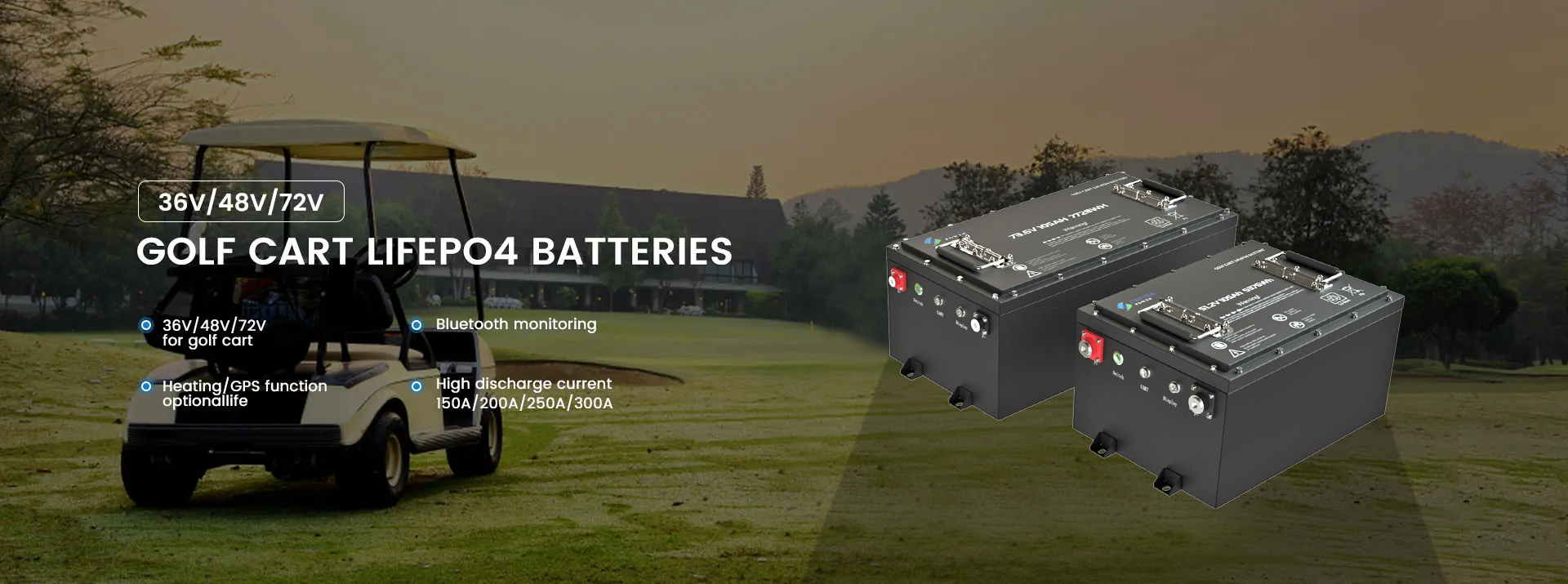If your marine battery is not holding a charge, several factors could be responsible. Here are some common reasons and troubleshooting steps:
1. Battery Age:
- Old Battery: Batteries have a limited lifespan. If your battery is several years old, it may simply be at the end of its usable life.
2. Improper Charging:
- Overcharging/Undercharging: Using the wrong charger or not charging the battery properly can damage it. Ensure you're using a charger that matches your battery type and follows the manufacturer’s recommendations.
- Charging Voltage: Verify that the charging system on your boat is providing the correct voltage.
3. Sulfation:
- Sulfation: When a lead-acid battery is left in a discharged state for too long, lead sulfate crystals can form on the plates, reducing the battery's ability to hold a charge. This is more common in flooded lead-acid batteries.
4. Parasitic Loads:
- Electrical Drains: Devices or systems on the boat could be drawing power even when turned off, leading to a slow discharge of the battery.
5. Connections and Corrosion:
- Loose/Corroded Connections: Ensure all battery connections are clean, tight, and free of corrosion. Corroded terminals can impede the flow of electricity.
- Cable Condition: Check the condition of the cables for any signs of wear or damage.
6. Battery Type Mismatch:
- Incompatible Battery: Using the wrong type of battery for your application (e.g., using a starting battery where a deep cycle battery is needed) can lead to poor performance and reduced lifespan.
7. Environmental Factors:
- Extreme Temperatures: Very high or low temperatures can affect battery performance and lifespan.
- Vibration: Excessive vibration can damage the internal components of the battery.
8. Battery Maintenance:
- Maintenance: Regular maintenance, such as checking electrolyte levels in flooded lead-acid batteries, is crucial. Low electrolyte levels can damage the battery.
Troubleshooting Steps
1. Check Battery Voltage:
- Use a multimeter to check the battery voltage. A fully charged 12V battery should read around 12.6 to 12.8 volts. If the voltage is significantly lower, the battery may be discharged or damaged.
2. Inspect for Corrosion and Clean Terminals:
- Clean the battery terminals and connections with a mixture of baking soda and water if they are corroded.
3. Test with a Load Tester:
- Use a battery load tester to check the battery's ability to hold a charge under load. Many auto parts stores offer free battery testing.
4. Charge the Battery Properly:
- Ensure you are using the correct type of charger for your battery and follow the manufacturer's charging guidelines.
5. Check for Parasitic Draws:
- Disconnect the battery and measure the current draw with everything turned off. Any significant current draw indicates a parasitic load.
6. Inspect the Charging System:
- Ensure the boat’s charging system (alternator, voltage regulator) is functioning correctly and providing adequate voltage.
If you have checked all these factors and the battery still doesn’t hold a charge, it may be time to replace the battery.

Post time: Jul-08-2024





